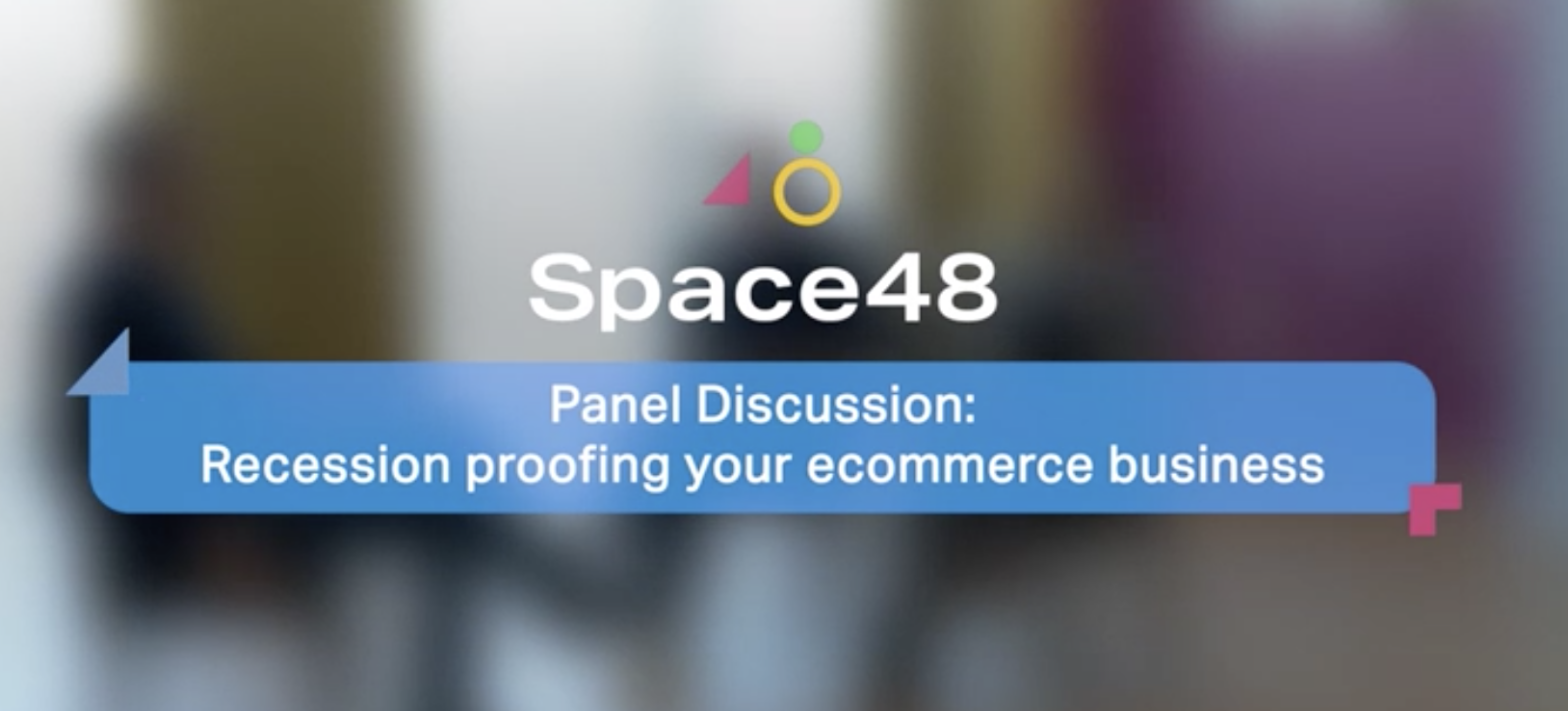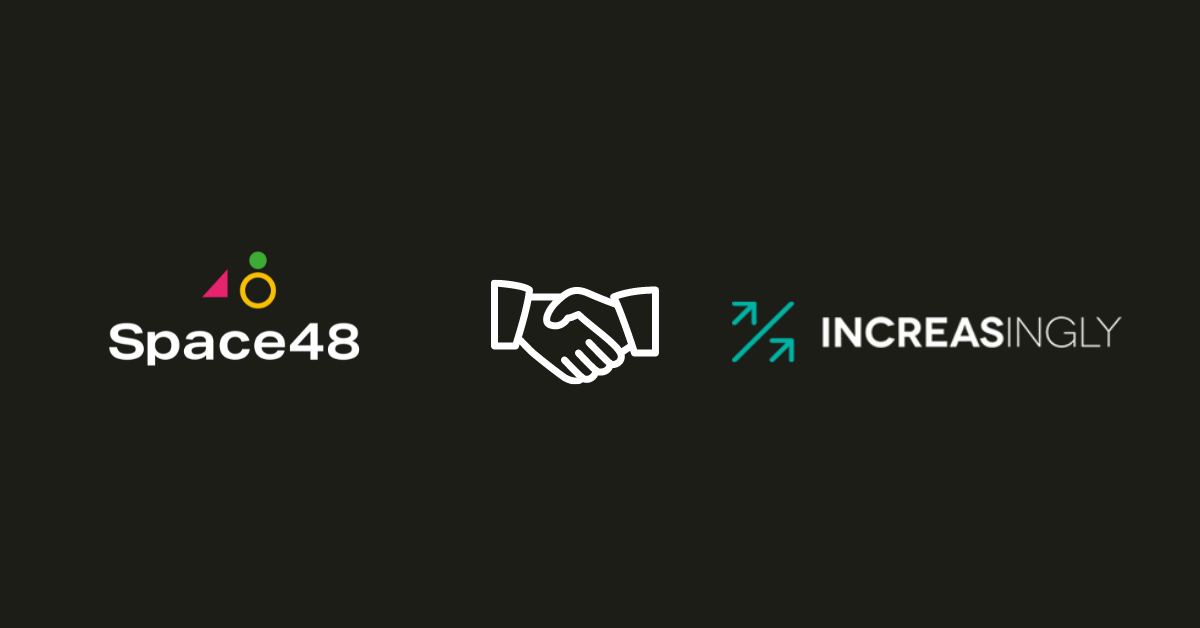
What is CRO testing?
And what does it mean for my business?
CRO is short for Conversion Rate Optimisation and is the practice of improving user experience with the aim of increasing the percentage of visitors to your website that convert to customers. This might include changing the layout of a page, adding a new call-to-action or simply changing the colour of a button.

Room for improvement
When we build a new website it is ultimately built upon opinions. The opinions of the development team, the design team and the management team. While these opinions are all valid and mixed with our knowledge and experience, it doesn’t mean that there is not room for improvement.
How it works
Third-party software is used to create different versions of a page to test different theories we think will improve conversion. We then use analytics based on visitor data to establish which variant delivers the highest conversion rate.
For each hypothesis, we recommend to run circa 4 versions of the page alongside the original. Each version should receive similar traffic levels to ensure that the results are accurate.
There are some great pieces of software which help to facilitate this. We favour Visual Website Optimiser (VWO) but Optimizely is also worth considering.
Why CRO?
Companies can spend millions driving traffic to their websites through PPC, display advertising, affiliates, off-line promotion and so on. Driving traffic will often drive more sales. If the conversion rate of the traffic on-site lifts by a small percentage, this can make an even bigger contribution to the bottom line. For example, an increase of just 0.1% in traffic might lead to an annual revenue of hundreds of thousands of pounds. This improvement will then result in even more value being driven from the paid traffic.
What is needed for a successful CRO campaign?
Data is at the heart of the process, therefore it is critical that the analytics is functioning correctly. Once you have checked that all is in order, the hypotheses are then established and scheduled into a testing plan. As with any testing, if too many hypotheses are tested at the same time then it is likely that there will be too many variables which will ultimately obscure the results. This doesn’t mean that different areas of the site can’t be tested simultaneously but consideration must be made made as to whether the variants might effect the results of another test. If pages are being split between tests, you need to be mindful of this causing traffic volumes to dip and not giving robust sample sizes.
Once the analytics, hypothesis and testing plans have been established, the process is fairly straightforward. A line of code is embedded into the website followed by the creation of various page designs, then the tests are carried out.
The Process

It is important that any findings are statistically robust. In some cases, one month will see enough traffic levels through the test variations to take reliable findings. Tests are sometimes required to run a little longer to ensure the correct validity is achieved.
Once the variances have each received a sufficient (equal) level of volume the winning variation can be decided and should be implemented on the site.
Take your time with all of this, you don’t want to rush any decisions through. This is all about getting it right. Bear in mind that as your site grows and evolves you will probably gain from further CRO testing again in the future to ensure that you are on the right track.
If you are interested in finding out more about our CRO testing services, contact our team on 01925 393510.





